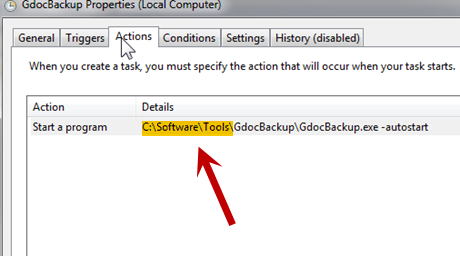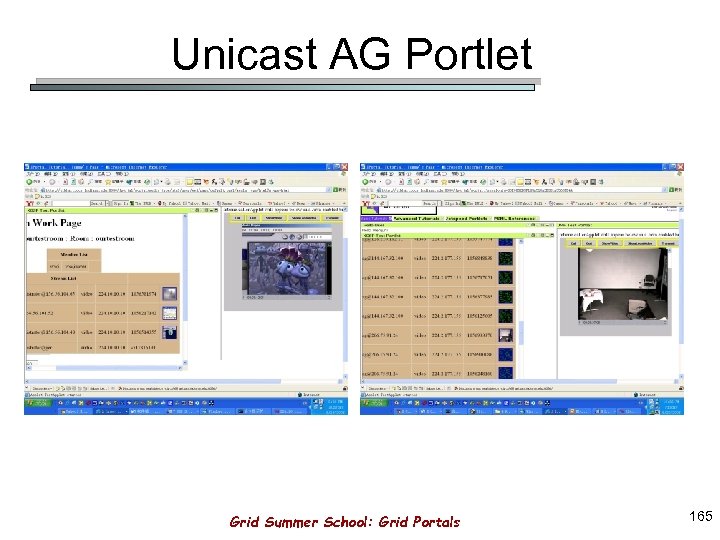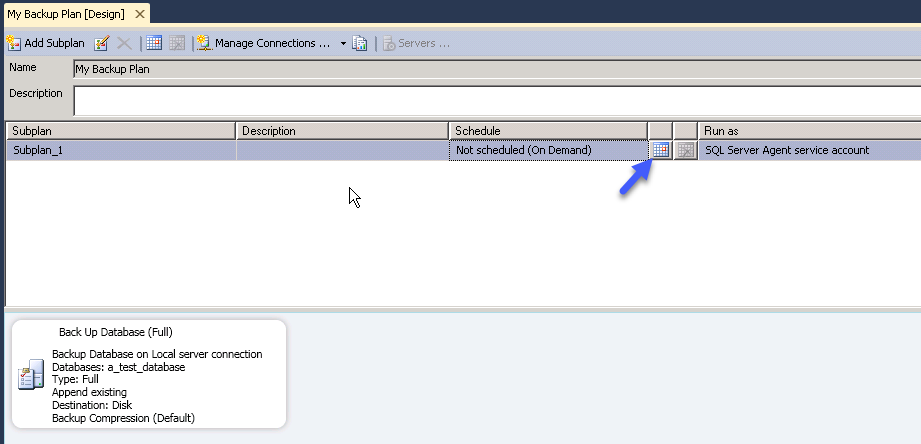

- Use task scheduler to make a backup of a file and rename it install#
- Use task scheduler to make a backup of a file and rename it update#
- Use task scheduler to make a backup of a file and rename it full#
Stored, and when stored log entries are deleted or archived. Log management consists of configuring when log data produced, which log entries are Backing up and restoring system configurationsīackups contain the necessary configuration information to restore the SMC to the state it was in when the backup was taken.
Use task scheduler to make a backup of a file and rename it update#
Update packages, remote upgrades for engines, and licenses.
Use task scheduler to make a backup of a file and rename it install#
You can configure the Management Server to automatically download and install dynamic Configuration of automatic updates and upgrades.Maintenance includes procedures that you do not typically need to do frequently.
Use task scheduler to make a backup of a file and rename it full#
For full remote access, Forcepoint NGFW supports both IPsec and SSL VPN tunnels for VPN clients. YouĬan use Forcepoint NGFW in the Firewall/VPN role or external authentication servers to authenticate users.įorcepoint NGFW supports both policy-based and route-based VPN (virtual private network) tunnelsīetween VPN gateways. User accounts are stored in internal databases or external directory servers.

Policies are key elements that contain rules for allowing or blocking network traffic Use the Management Client to configure static or dynamic routing, and use a Multi-LinkĬonfiguration to manage and distribute inbound and outbound connections. You can configure the NGFW Engine properties, activate optional features, and You can create and modify Firewalls, IPS engines, Layer 2 Firewalls, Master NGFW Engines and Virtual NGFW Engines. Security Management Center (SMC) configuration allows you to customize how the SMC components work. You can command and set options for engines through the Management Client or on theĮngine command line. You can use the SMC to monitor system components and third-party devices. How the different SMC components should be positioned and deployed.Īfter deploying the SMC components, you are ready to start using the Management Client and carrying out Introduction to the Forcepoint Next Generation Firewall solutionīefore setting up Forcepoint Next Generation Firewall (Forcepoint NGFW), it is useful to know what the different components do and what engine roles areīefore you can set up the system and start configuring elements, you must consider.You can now select a different time for synchronization or make it a recurring task.This online help was created for Forcepoint Next Generation Firewall (Forcepoint NGFW), version 6.9.0. The Calendar app will start automatically with the Automator job scheduled to the current day.Drag and drop action Files & Folders/Open Finder Items and add it to the workflow.Drag and drop the ffs_batch file on the workflow panel.You can force usage of a particular GlobalSettings.xml file by passing

Or in the case of the SYSTEM account fromĬ:\Windows\System32\config\systemprofile\AppData\Roaming\FreeFileSync. GlobalSettings.xml will also be read from a different path,


 0 kommentar(er)
0 kommentar(er)
